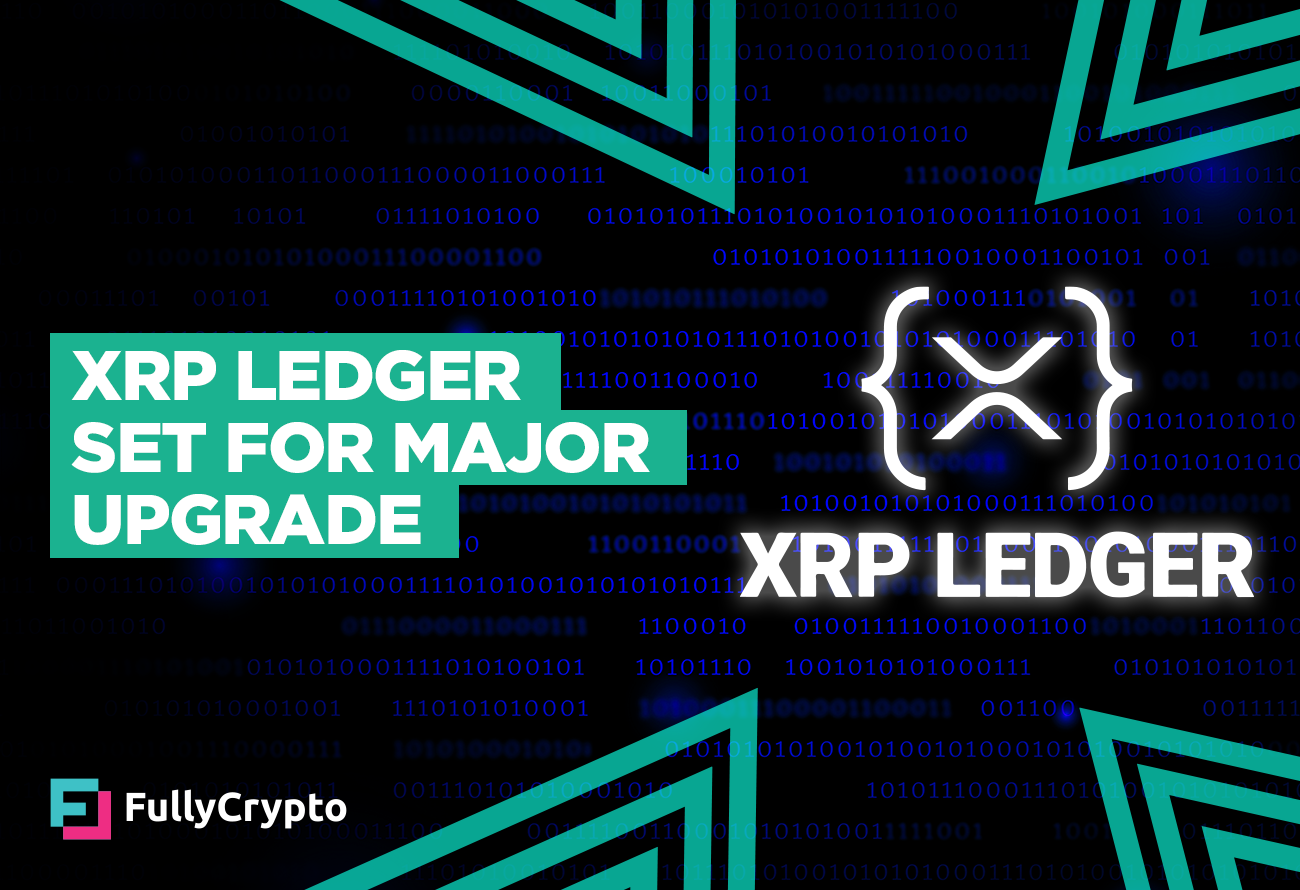
Reading Time: 2 minutes
- Ripple has taken steps to enhance the XRP Ledger, aiming to attract developers and innovators
- The company has introduced smart contracts to increase flexibility and customization on the platform
- Ripple has improved Ethereum compatibility, positioning the XRP Ledger as a more versatile platform
Ripple is taking significant steps to boost the capabilities of its XRP Ledger, aiming to make the platform more attractive to developers and innovators. The company is working to introduce smart contracts, which could bring greater flexibility and customization to the blockchain, potentially sparking a wave of new applications. Compatibility with Ethereum is also a major part of the upgrade, helping Ripple become a more versatile and innovative platform.
Smart Contracts on the Horizon
Ripple plans to roll out two key developments: native smart contracts on the XRP Ledger Mainnet and the launch of the XRPL EVM Sidechain. These advancements, currently in the research and testing phases, are expected to broaden the scope of what developers can do on the platform.
The XRP Ledger has built a reputation for being a stable and efficient platform for transferring value, supported by a global network of validators. However, its current infrastructure has limitations when it comes to offering customized solutions for developers.
The planned introduction of smart contracts aims to change that, giving developers the ability to create more specialized applications without requiring consensus from the entire community for niche features.
This new functionality will build on existing tools like Hooks, developed by XRPL Labs, which allow for some level of customization. The idea is to enable developers to tailor the Ledger’s functionalities to their specific needs, potentially opening the door to a wider range of innovative uses.
Expanding Compatibility with the XRPL EVM Sidechain
Another major development in Ripple’s roadmap is the XRPL EVM Sidechain, which is designed to bring Ethereum Virtual Machine (EVM) compatibility to the XRP Ledger. This would allow developers to use familiar Ethereum tools and programming languages, making the XRP Ledger more accessible to a broader audience.
The sidechain, developed in partnership with Peersyst, is expected to go live soon and could play a crucial role in expanding the XRP Ledger’s ecosystem. It will also feature Axelar as a bridge, enabling smooth transactions between the XRPL EVM Sidechain, the main XRP Ledger, and other blockchains.
This setup will allow decentralized applications (dApps) to leverage both XRP Ledger features and EVM smart contracts simultaneously, with Wrapped XRP (eXRP) serving as the native asset.
These upcoming enhancements to the XRP Ledger are set to provide developers with more tools and flexibility, addressing the needs of both institutional users and independent developers. As these changes take effect, Ripple is positioning the XRP Ledger to be a more versatile and innovative platform, with 2025 shaping up to be a pivotal year for the ecosystem.





